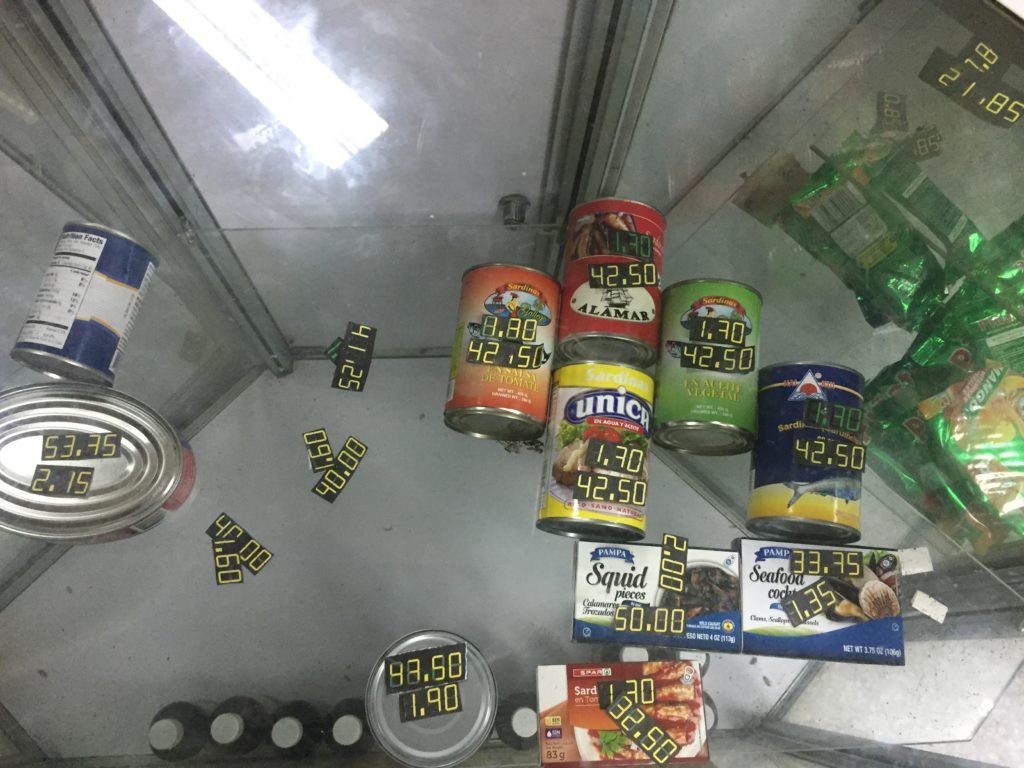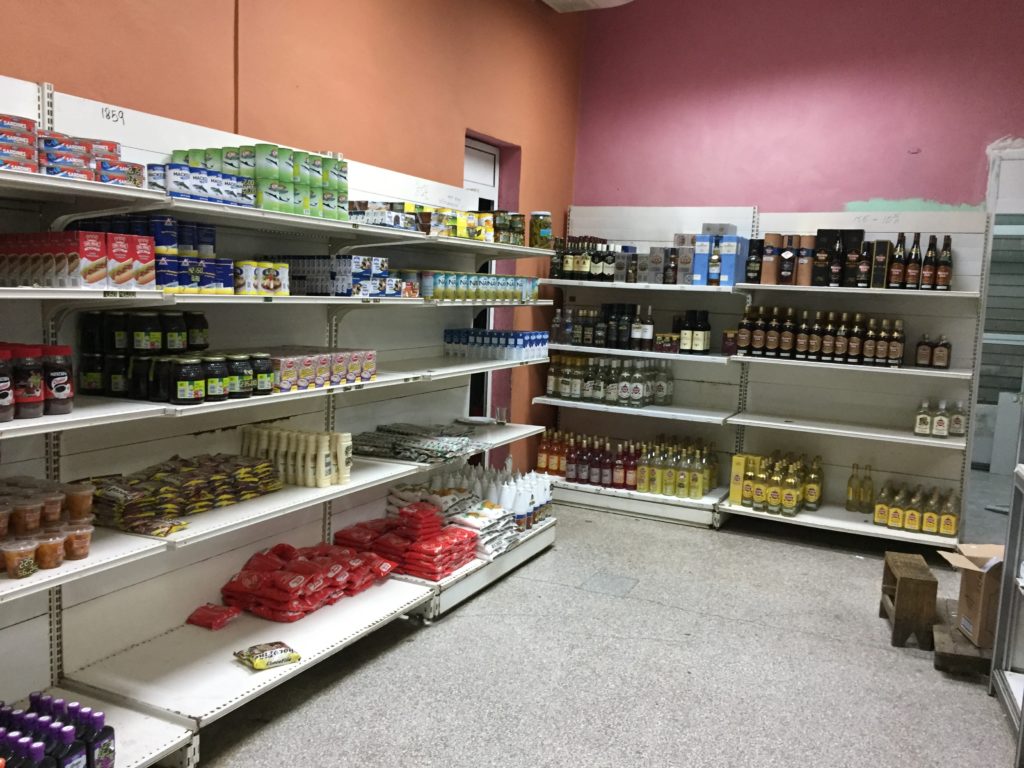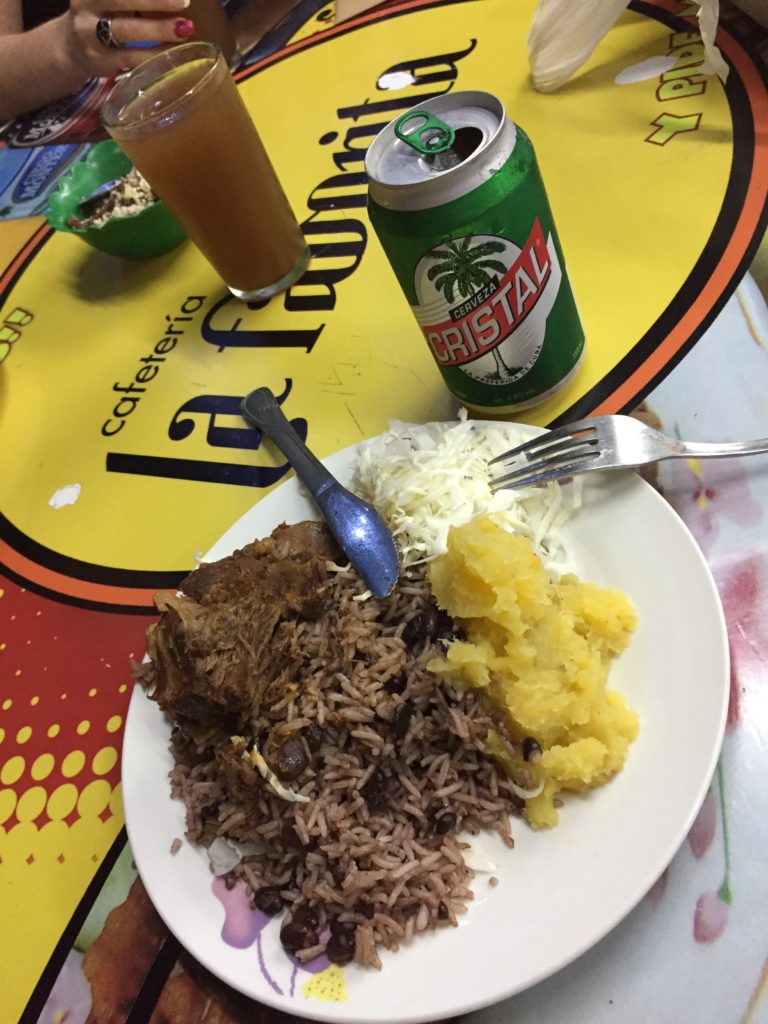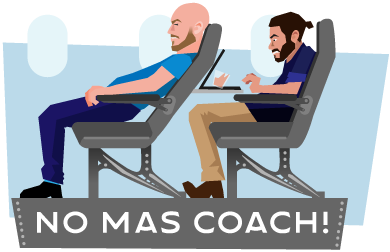Eating Like a Local in Havana
Whoever said Cuban food sucks must be a bit confused or they’re probably just talking about Cuban food in Miami – where such menus include just ropa vieja, beans and rice. But there’s so much more to it than just that.
Part of the food experience in Cuba is to understand the way Cubans interact with food. As anyone that’s ever gone to school and learned a bit of history would know, it isn’t the easiest for some food staples to make it into the island, what with the embargo and the blockade, so much of that can be seen in menus. Many items we consider to be common place, cheap and normal are not so in Cuba. Likewise, things that we consider refined, gourmet and hard to get aren’t.
The Cuban government allots each citizen or permanent resident with certain staples that they can get at an extremely discounted price from bodegas, which carry these state-provided items, and they can do so with their local currency, the CUP (Cuban Peso). Such items are granted on a monthly cadence and include, for example, ¼ liter of cooking oil, 250gr of ground coffee, 5 eggs, 2kg of white sugar, 7kg of brown sugar, 1kg of flour, 1kg of rice, and 30 loaves of bread. The price of all those items is 16 CUP, which is roughly 75 cents USD. If anyone needs more, they can get more at the same store or just trade it off with someone else who needs an item they have extra of.
So, the way most of us understand supply and demand doesn’t really work in Cuba, menus are designed in keeping with what’s available. But how can anyone afford to eat out on an average income of 50 USD a month, you ask? Well, Cubans have come up with what they call Paladares (palates), which is for all intents and purposes a restaurant, but they are, in reality, run by private individuals out of their houses. How do you find them? Just look for any house with tables and chairs on the front porch where you see lots of locals hanging around.
What can you expect out of a paladar? Really awesome local food and at an awesome local price. Most of them do local Cuban dishes, but there are some where you can find some international options. Portions are abundant, food is tasty, and since this is someone’s house, you can range from plastic tables and chairs kind of settings to somewhat more upscale with candle lit tables and live music. Since what we wanted was to eat like a local, we went to one and had: two lamb fricassee with sides of moros y cristianos (rice and beans), sweet potato mash and a salad, two beers, two glasses of tamarindo natural juice and a dessert. The bill came up to a whopping 5 USD. We made sure to tip well, and you should too. 🙂
Like I mentioned, this is a way to experience food like locals do. It’s a mostly no frills experience, so once again, adjust your expectations, be open minded and enjoy the whole experience and not just the food. Get past the ‘this would never fly in the US/this isn’t up to FDA standards’ as it is absolutely safe for human consumption – yes, even Americans!









